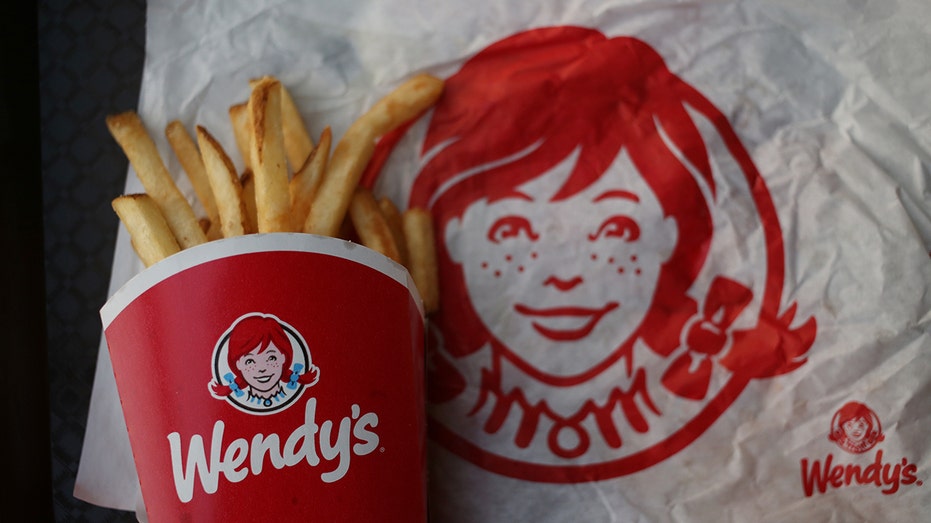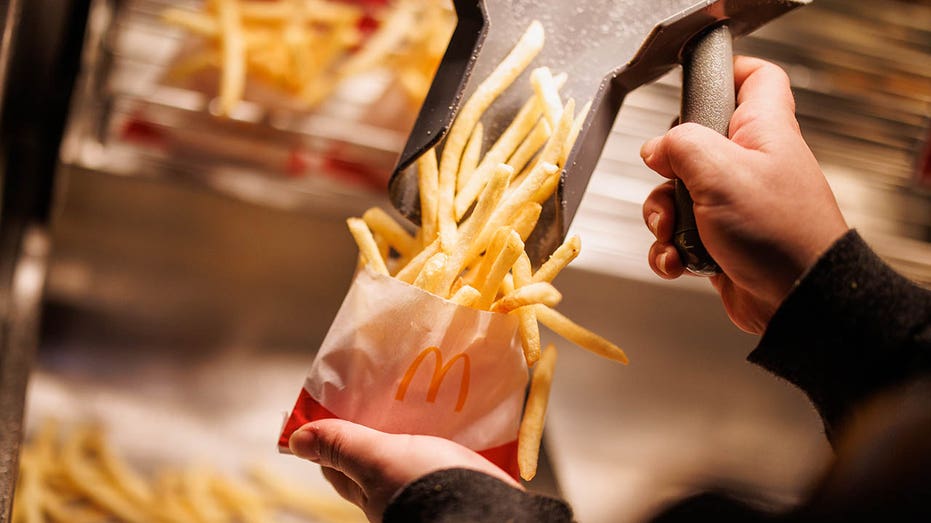A French fry supplier, crucial to fast-food giants like McDonald’s, recently announced a significant shift in its operations, influenced by the ongoing inflationary pressures. Let’s dive into what this means for the industry and consumers alike.
Lamb Weston, the largest French fry producer in North America, is shutting down its plant in Connell, Washington. This closure is a part of a broader company restructuring plan. As a result, 375 employees will be let go, sparking concerns in the fast-food supply chain. However, Lamb Weston assures that this will not affect their supplies to their customers.
Economic Pressures from Inflation
Anthony Chan, an economic expert, highlighted that while wages may have seen an uptick, inflation continues to be a significant concern. This economic tension has resulted in fast-food chains observing a decline in patrons, as many perceive fast food as becoming more of a luxury rather than a staple choice.
Tom Werner, Lamb Weston’s president and CEO, explained the decision during an earnings call, acknowledging the reduction in restaurant foot traffic and a soft demand for frozen potatoes. He noted that these market trends might continue into the foreseeable future.
Strategic Adjustments

The company’s strategic moves aim at improving factory utilization rates and balancing the existing supply-demand dynamics in North America. These adaptations include not just cutting jobs but also reducing operational expenses by cutting down on unfilled positions and trimming capital expenditures. The company’s updated fiscal targets for 2025 reflect an expected savings from these measures.
Despite these changes, Lamb Weston remains confident that customers won’t experience disruptions. It is evident, though, that fast-food giants like McDonald’s, Wendy’s, and Burger King are feeling the pinch as they continuously modify their offerings to attract cost-conscious diners.
Fast-Food Industry Response
The evolving economic landscape has prompted many fast-food chains to offer meal deals in a bid to lure more customers. McDonald’s, for instance, introduced a $5 Meal Deal that comprises a McDouble or McChicken sandwich, four-piece chicken nuggets, small fries, and a small fountain drink to appeal to budget-minded customers.

Meanwhile, similar offers from Burger King and Wendy’s include popular side items like fries. However, it’s essential to note, as Werner mentioned, that these promotions often encourage customers to opt for smaller portion sizes, impacting overall demand for items like medium-sized fries.
Further Observations

Recent data from Lamb Weston points to a 2% decrease in restaurant traffic in the U.S. last quarter, following a 3% drop in the previous quarter compared to the same period last year. These statistics underscore the broader challenges that the fast-food industry is facing amid current economic conditions.
For those eyeing market trends and the fast-food sector dynamics, these developments offer valuable insights into how companies and consumers are navigating this inflationary period. As adjustments are made on both sides of the counter, it remains to be seen how these strategies will pan out in the long term.